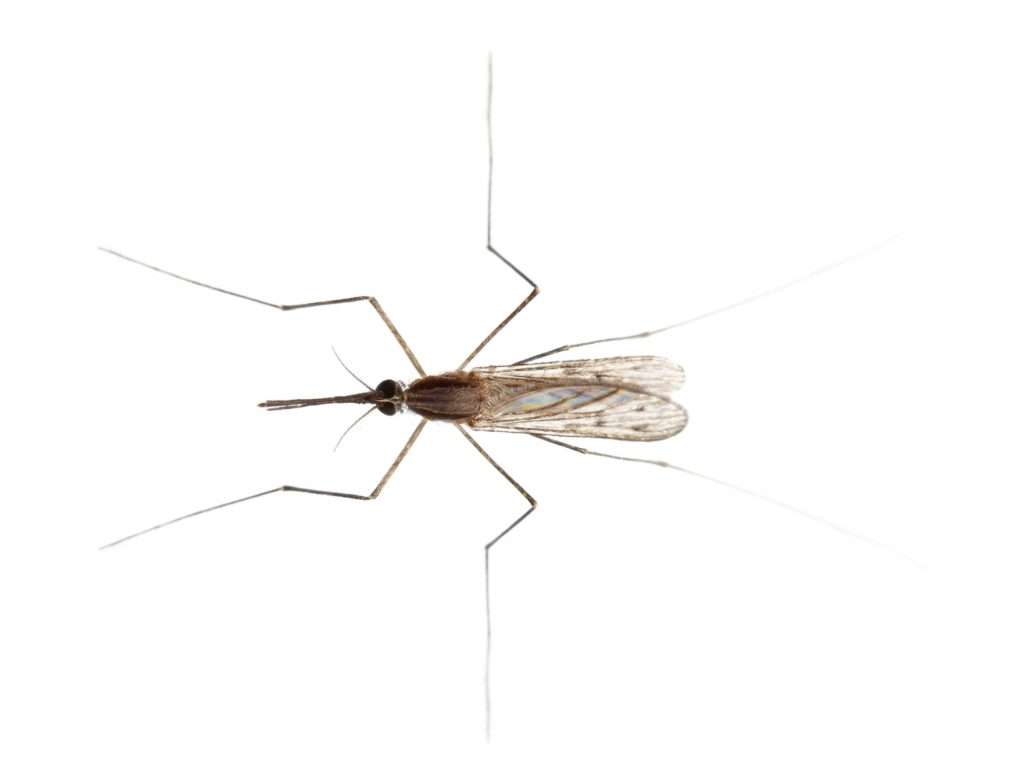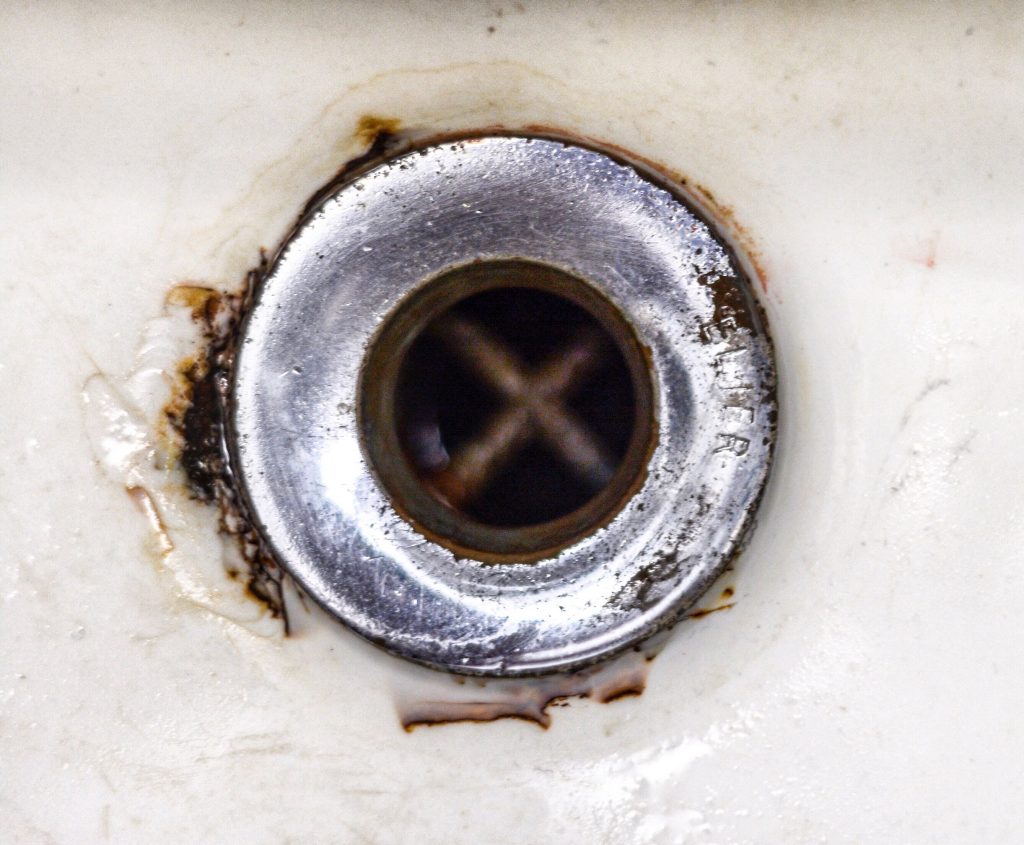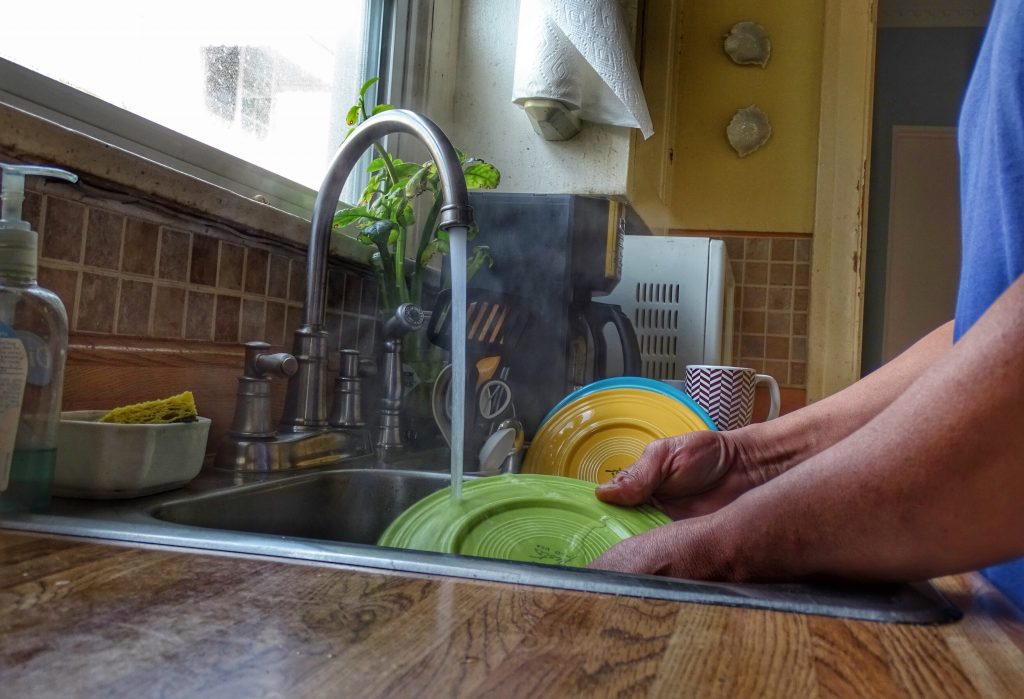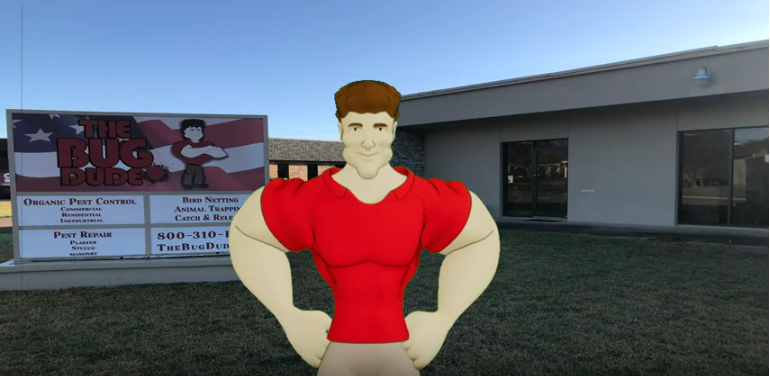Texas is known for many wonderful things, from top-notch sports teams, to beloved historical landmarks (remember the Alamo), to amazing food, and so much more. However, it’s also well-known, especially by those who live here, as being exceptionally hospitable to bugs. Though these pests can range from the kind that sting, to the kind that do severe damage to our homes, perhaps one of the most common, and irritating, insects to contend with is gnats. These tiny pests are infamous for their ability to reproduce rapidly and create long-lasting, and highly annoying, infestations.
There isn’t just one type of gnat, however, and the diversity in habits, habitats, and appearance can vary widely; even worse, the term gnat is often used colloquially to refer to any small fly. So what are people referring to when they say they are having an issue with gnats? Generally speaking, in Texas, they will be referring to either fungus gnats, fruit flies, or drain flies. All three of these small flies are exceptionally common to find in homes, offices, food/drink establishments, and yards, and without expert knowledge (and magnification) can be difficult to discern the difference between them. Since these three can be remarkably different in their habitats, it can be difficult to find their source without expert help, which is why it’s always helpful to call The Bug Dude at 800-310-BUGS (2847) to get a proper pest identification and treatment plan in place as soon as you notice an infestation.

What do Gnats Look Like?
All three types of small flies have a few things in common: they have six legs, a three-segmented body, and 1 pair of wings they use for flying. They also all go through a complete metamorphosis, which means they start as eggs, and mature through a larva and pupa stage before becoming adults.
Fungus gnat adults are between 1/8 & 1/4 inch long, are generally black with dark wings, have a long, slender abdomen, and have very long legs; to the naked eye, they resemble a very small mosquito.
Fruit fly adults are around 1/8 inch long, are yellowish to pale brown in color with clear wings, have red or white eyes, and antennae with a feathery appearance.
Drain fly adults are between 1/6 and 1/5 inch long, are dark gray to black in color, are densely covered with hairs (giving them a fuzzy appearance), and hold their large wings over their body while at rest (like moths or butterflies); the fuzzy appearance and wing posture is the reason these flies are also known as moth flies.

Where do Gnats Live?
In simplest terms, gnats live in places of high moisture with abundant food supplies. For each of the three flies, this will mean a different preferred location.
Fungus gnats are most commonly found near potted plants (both indoors, outdoors, and especially in greenhouses).
Fruit flies are most commonly found on overripe and decaying fruits and vegetables that are left out (such as on a counter or in a trash can).
Drain flies, as their name suggests, are most commonly found near drains in kitchens and bathrooms, especially in the thin film that forms in these areas, as well as sewage treatment beds and standing water.
All three can also regularly be found near windows as they are attracted to light.

What do Gnats Eat?
Just as their habitat varies depending on the type of gnat or fly in question, so does their diet. Though all three of the common pests we are talking about do not bite humans, there are many types of gnat, such as the sand gnat, that do like a blood meal. Fortunately, you are not nearly as likely to encounter a biting gnat as you are a fungus gnat, fruit fly, or drain fly.
Fungus gnat larvae feed on fungi and various organic matter in soil, including root hairs and roots. Adults don’t consume very much, and when they do, they feed on liquids such as water or nectar.
Fruit flies feed on decaying plant material, which includes fruits (like bananas) and vegetables (like potatoes). They are also attracted to some liquids, such as wine, beer, vinegar, sodas, and juices.
Drain fly larvae feed on the organisms that grow in the liquid/slime layer around drains, these include fungi, bacteria, and algae. Adults consume liquids such as sewage, polluted water, and nectar.
Are Gnats Dangerous?
Gnats are certainly not one of the most dangerous or damaging pests to find in your home; however, they also aren’t simply a nuisance pest. Biting gnats are capable of transmitting parasitic infections to humans as well as viral infections to livestock. Non-biting gnats, such as fruit flies and drain flies, can pose a health risk to humans by transporting pathogens from their unsanitary habitats to to foods or drinks that are being consumed, while fungus gnats pose a risk to potted plants (both from damage to roots as well as from pathogen transmission). When food and water sources are abundant, they can all reproduce quickly, with females laying between 100 to 300 eggs during their 1-2 week lifespan. With a life cycle that generally takes less than a month to complete, this means populations can soar rapidly, significantly increasing the potential danger.

How do you Prevent Gnats?
Since gnats and their eggs are particularly small pests, it is incredibly easy for an infestation to get out of hand before you even know you have a problem. Fortunately, there are quite a few preventative measures that you can take to reduce the risk of being inundated with these flying pests.
- Whenever possible, refrigerate produce and vegetables instead of leaving them out on counters or in bowls.
- Use a lidded trash can in kitchens or anywhere else food waste may be disposed.
- Regularly clean the interior of trash cans where food waste is disposed (don’t forget the lids).
- Regularly clean sinks and drains throughout your home (diluted bleach can be a very effective way to clean drains).
- Clean garbage disposal blades by running ice cubes through it.
- Do not over-water potted plants (the top soil should dry out between waterings) and make sure all potted plants have good drainage.
- Thoroughly inspect potted plants and cut flowers prior to bringing them indoors for any signs of adult gnats.
- When purchasing produce, do not buy damaged (i.e. brown or bruised) items.
- Keep kitchen counters and tables clear of any food or drink residue.
- Eliminate any areas of standing water in and around your home.
How do you Eliminate Gnats?
If you find yourself facing a gnat infestation, the first thing to do is try to find the source of the problem: this means inspecting your drains, potted plants, and produce. If you are able to find the source(s) and remove it from your home, there is a good chance the gnat issue will subside within two weeks when the current adult population dies out. If the source cannot be removed, adjusting your watering (for potted plants) or cleaning (for drains) practices can be extremely effective, though may take longer for results to be seen. However, if you need immediate results or haven’t had luck with the preventative practices alone, call The Bug Dude at 800-310-BUGS (2847) to have an expert technician evaluate the infestation and provide professional control options and keep these small pests from becoming a Texas-sized problem.
Further Reading:
“Horticulture Update: Fungus Gnats” – Dr. Carlos Bogran, Assistant Professor, Department of Entomology, and Scott Ludwig, Extension Program Specialist in IPM, Texas A&M University – Texas Cooperative Extension, Texas A&M University
“Drain Flies” – Chris Sansone, Rick Minzenmayer, and Bastiaan M. Drees – Extension Entomology – Texas A&M University System
“How to get rid of fruit flies in your house” – Rob Williams – Department of Entomology – Texas A&M Agriculture & Life Sciences
“Fungus Gnats in Office Buildings” – Dr. Mohammed El Damir, B.C.E. – Fly Control Annual Issue – PCT Magazine
“Fungus Gnats as Houseplant and Indoor Pests” – W.S. Cransaw and R.A. Cloyd – Colorado State University Extension
Author Bio: Alissa Breach has been gaining knowledge and experience around pest control concerns over the last 12 years while working for Mid-Cities Pest Control. She has a creative writing BA from UW-Madison and is always pursuing new and interesting writing projects.




